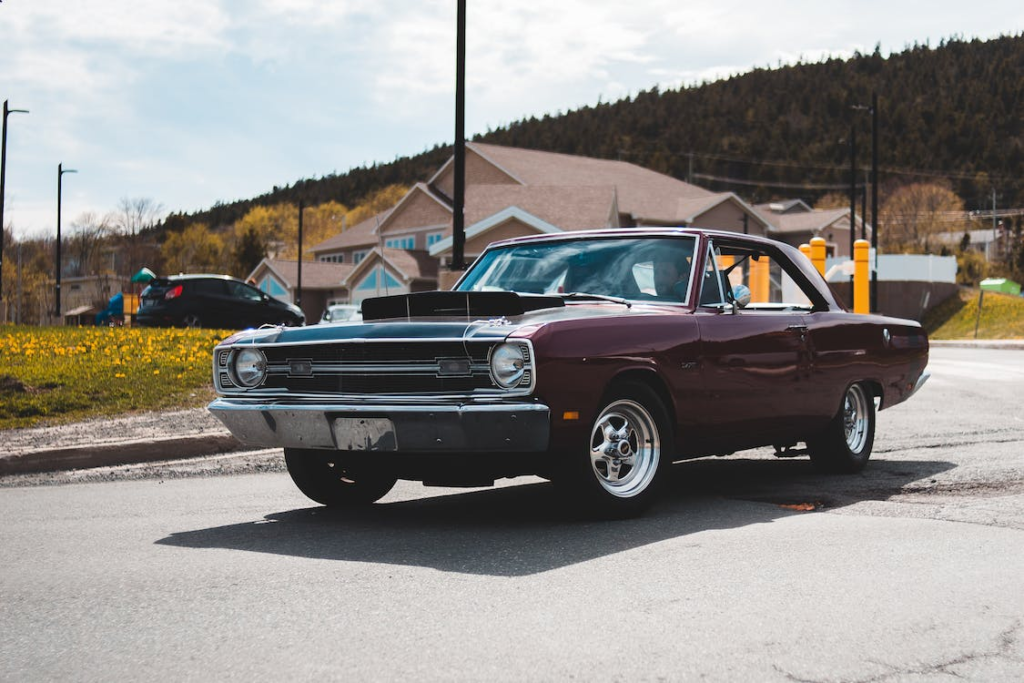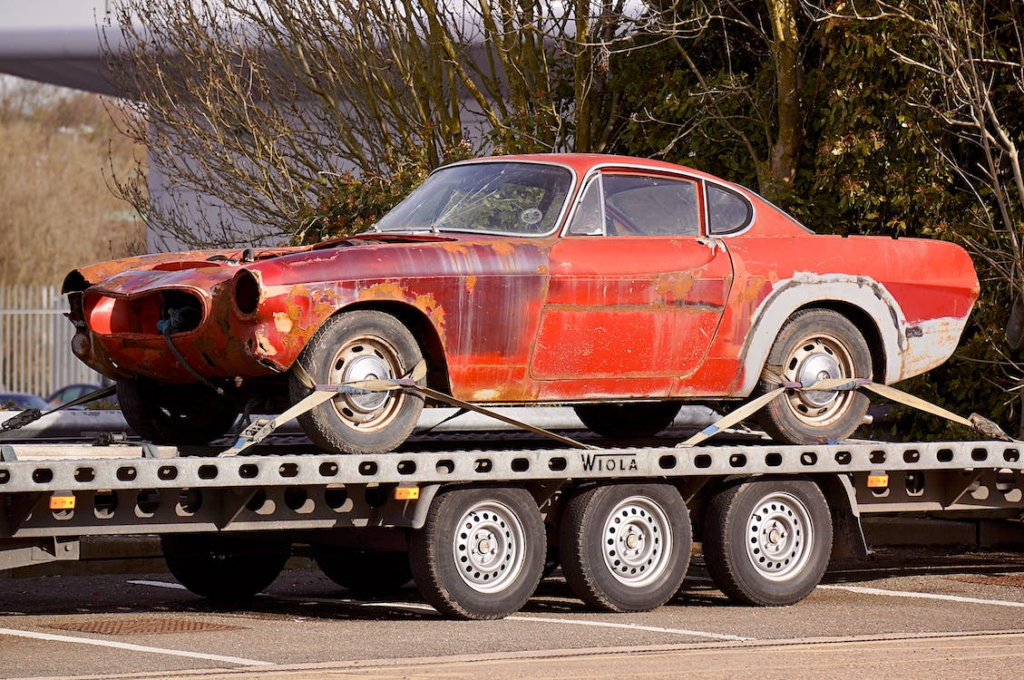How To Get Started on your Project Car
Tips for Laying the Groundwork for Success
This article may contain affiliate links.
Are you thinking about starting a project car? If so, you’ll need to research and plan before you start. In this blog post, we’ll walk you through everything you need to know to get started on your project car. We’ll cover topics such as choosing the right car, gathering parts and tools and making a budget. By the end of this post, you’ll be ready to start your project car confidently!
Research the Car You Are Interested In
Researching the car you are interested in is one of the most important steps when getting started on your project car. Knowing the ins and outs of the make, model, year and features will give you a better understanding of what you are attempting and save you valuable time, money and headaches further down the line. Once you have settled on a single car, to begin with, start familiarizing yourself with all of its components. The more knowledge regarding each part that can be gained, the greater your success in restoration. Research reviews and articles, watch tutorial videos and talk to people who already own or have worked with similar vehicles. This education will be useful when ordering parts or taking your car into the shop for help fixing certain components. With groundwork like this established before diving into your project car adventure, things should go much more smoothly for you– as long as you stay true to your original plan!

Calculate Your Budget
Calculating your budget is vital in getting your project car off the ground. You’ll need to determine how much money you can realistically dedicate to buying and working on the car and future maintenance costs. It’s also important to factor in any additional tools or materials you might need before buying them and keep a running total to know when to re-evaluate and adjust if necessary. Consider long-term costs such as registration, insurance, fuel and oil changes, and keep a close eye on how much it will cost from start to finish so your money will be well-spent. You should also research online forums and read up on different solutions until you have all the information you need to make your budget work for you and your project car.
Find Reliable Sources for Parts
You’ve finally decided to take the plunge and start working on that old car you’ve meant to fix for years. Congratulations! You’re about to embark on a fun and challenging journey. The first step is finding reliable sources for parts.
Here are a few things to remember when looking for parts for your project car. First, the exhaust system is an excellent place to start. You’ll want to find an exhaust system compatible with your car’s make and model and one that fits your budget. You can find exhaust systems at most auto parts stores or online at sites like Amazon or eBay.
Regarding other parts, it’s essential to research and ensure you’re getting the best quality products for your money. Talk to friends who have worked on similar projects, or post in forums and ask for recommendations. With a little effort, you’ll be able to find the best sources for parts for your project car.
Create an Organized List of Tasks to Complete
One of the most critical components of completing a project car is to create an organized list of tasks that need to be completed. Tackling a big project such as this can seem daunting at first, but if you take it one step at a time from a detailed plan, you will make sure all bases are covered. To get started on your project car list, begin by writing down everything that needs to be done—all components related to the build and each smaller task that goes into getting there. Once your list is created, prioritize the items so you can start working immediately. Afterward, continuously assess and add new things as needed. With an efficient list like this, you can stay organized and on track toward completing your project car.
Gather the Necessary Tools
Gather the necessary tools to complete your project car transformation quickly and easily. To begin, you will need basic tools like wrenches, pliers and screwdrivers to replace broken parts. Additionally, any specialty tools unique to your car will be required. It is advised to research what these are before beginning the project to be able to handle unexpected delays due to skipped essentials. Finally, ensure that a certain type of material or product is present for specific sections of the project, items such as tires, oil filters and brake pads. These readily available items eliminate all guesswork and allow you to remain focused on transforming your project car!

Tackling the Easy Jobs First
When restoring a project car, the work ahead can seem daunting. To make the most progress on the project, one of the best starting points is to tackle some of the easier jobs first. This might include interior clean-up and exterior detailing, polishing hardware or replacing gaskets and seals. These easy maintenance tasks may not put you closer to your goal of driving down the road in your classic car, but they give great satisfaction when done. Furthermore, these small projects can be a great platform for getting familiar with your vehicle and all its components. Doing these simpler tasks will give you a basic understanding of how parts fit and work together, preparing you for more complex issues that will inevitably come up down the road.
The Engine Is the Heart of the Vehicle
The engine of your project car is the most crucial component. Engines come in various shapes and sizes, so it’s vital to do your research and find one that fits your particular vehicle’s requirements. In addition, you will need to source the required parts, such as pistons, bearings, gaskets, etc. Once you have found all the correct components, it’s time to get down to business–time to start assembling! This step requires precision and patience; take your time when putting everything together to avoid issues later.
Think About Aesthetics
When restoring a car, many enthusiasts tend to focus solely on the mechanical aspects of the build. However, aesthetics are just as important when getting your project car to look its best. Whether restoring a classic or creating something new and modern, consider how you want your car to look inside and out. Consider updating the upholstery, replacing rusty parts with chrome pieces or customizing body panels to match your style. Taking the time to give your vehicle an aesthetic makeover will be worth it in the end! Restoring a project car can take months—or even years—to complete. Throughout this process, there will be moments of frustration and confusion as well as moments of joy and satisfaction. During these times, it’s important to practice patience and remember why you started the project in the first place. When things get tough, take a break from the build and recharge before jumping back into it. Most importantly, have fun with your undertaking; what better way to blow off steam than by taking on an ambitious task like this?
Starting a project car can feel like an intimidating task, but many resources are available to help get you started. First, research your car thoroughly and determine what needs to be done to bring it up to speed. Make sure you stick to a budget that fits your needs and will ensure you spend your money wisely. Remember the importance of finding a reliable source for parts and having the right tools and supplies to complete the job correctly. Although it may seem overwhelming initially, remember it is best to start small and work up from there. Doing all this should put you on the road toward success when restoring your dream project car!
[Ed. footnote: While the focus here is on ICE projects, these are great tips for another ambitious project, converting an ICE car to an EV. It’s been going on for decades, so there’s plenty of resources out there. The components are increasing in quantity and quality, too. We’re always looking for fun conversion stories, so send them our way.]

1 thought on “How To Get Started on your Project Car”